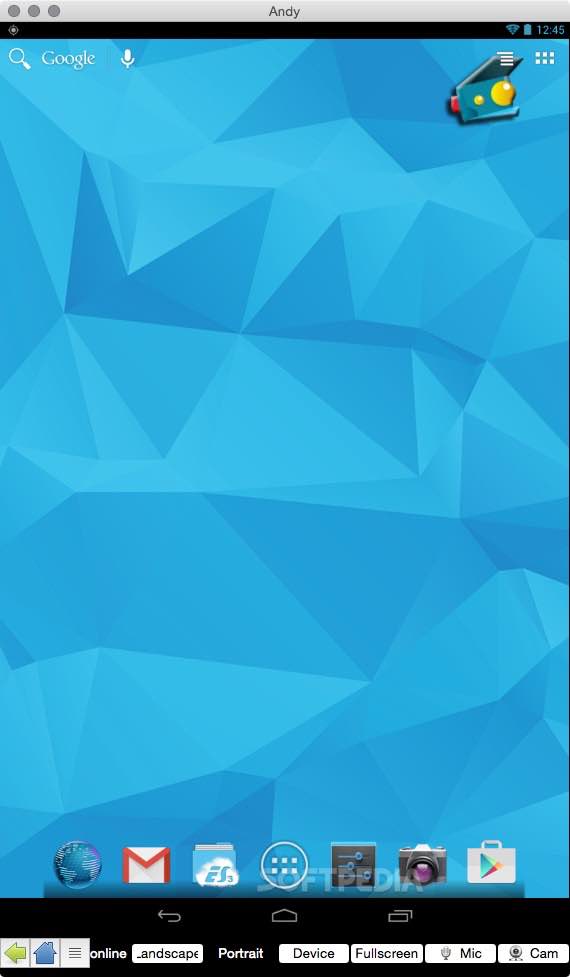

- #QUICKTIME PRO MAC OS 10.8 HOW TO#
- #QUICKTIME PRO MAC OS 10.8 FOR MAC#
- #QUICKTIME PRO MAC OS 10.8 INSTALL#
- #QUICKTIME PRO MAC OS 10.8 FULL#
- #QUICKTIME PRO MAC OS 10.8 SOFTWARE#
That includes a number of Mac Mini, MacBook Air, and MacBook models that relied solely on the Intel GMA 950 and X3100 without a dedicated GPU. Unfortunately, some of the systems that do contain both 64-bit CPUs and 64-bit EFI firmware don't meet Mountain Lion's graphics requirements. As a result, systems without the GPU capabilities required by these APIs would likely run into severe slowdowns. Mountain Lion supports new graphics APIs for OpenCL, OpenGL, and QuickTime, which means it will make far more use of the GPU than prior versions of the OS. Ars Technica speculates that some systems aren't supported because of graphics advancements in the new OS. In addition to the 64-bit issue, a second factor is a Mac's graphics capabilities. In Mountain Lion, Apple will be shipping a 64-bit kernel only, and this kernel will not boot on a system with 32-bit EFI firmware, so that's a reason these systems will not run Mountain Lion.

#QUICKTIME PRO MAC OS 10.8 FOR MAC#
#QUICKTIME PRO MAC OS 10.8 HOW TO#
#QUICKTIME PRO MAC OS 10.8 SOFTWARE#
You can see this by going to the System Profiler utility (called System Information in Lion) and selecting the Software section to the left. The kernel can load in either 32-bit or 64-bit mode on systems with 64-bit EFI firmware, but it can only load in 32-bit mode on systems with 32-bit EFI firmware.
#QUICKTIME PRO MAC OS 10.8 INSTALL#
Reboot your system with the 6 and 4 keys held down simultaneously, and if this line doesn't read 'Yes' in the System Profiler then you will not be able to install OS X Mountain Lion. The last aspect of the system that is either 32-bit or 64-bit is the core software code (not hardware-based as with the firmware) in the operating system that is called the kernel. The firmware code on the Mac Pro 1,1 is 32-bit, whereas in later systems Apple switched to 64-bit code in its EFI firmware. Separate from the CPUs is the firmware, which is hardware-based code that controls details such as fans and power distribution. The CPUs are also 32-bit-compatible, so they can simultaneously run 32-bit code, which is why Safari and Photoshop in their Finder Info windows offer the option to load in 32-bit mode. The Mac Pro 1,1's CPUs are capable of 64-bit calculations, so the system can compute 64-bit code like that in Safari and Photoshop. In Mac systems there are multiple aspects of the system that can be either 32-bit or 64-bit, and even if a system's processor is 64-bit, other aspects of the system might not be. The tale of 32-bit versus 64-bit systems is back again with Mountain Lion, though in this new chapter the problem is not merely whether or not a system's CPUs are 64-bit capable, but extends deeper into the requirements for loading the operating system's kernel.
#QUICKTIME PRO MAC OS 10.8 FULL#
The issue comes down to two requirements: full 64-bit support of multiple aspects of the system, and proper graphics support.

After all, the difference here is not like Apple's switch to a new architecture that left PowerPC G5 systems unable to run Snow Leopard even though they were likely powerful enough to do so. Given the first Mac Pro's processing capabilities, with its multicore 64-bit-capable CPUs with plenty of RAM and advanced graphics card, it ought to be more than capable of running Mountain Lion. With the release of the Developer Preview of OS X 10.8 Mountain Lion came a list of system requirements that excludes more Intel-based Mac systems from running the new operating system, including a few models such as the first Mac Pro that seem like they should run the new OS just fine.


 0 kommentar(er)
0 kommentar(er)
